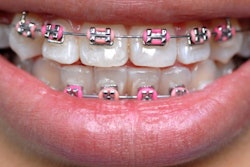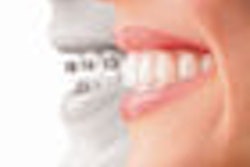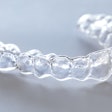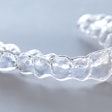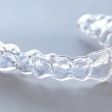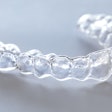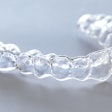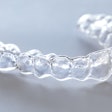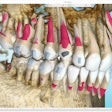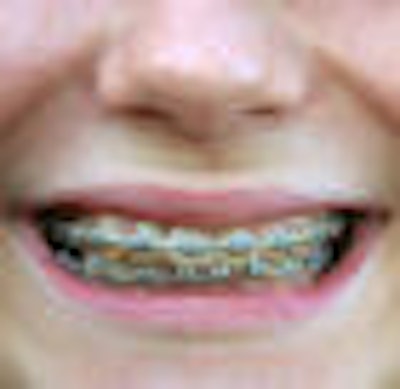
Orthodontic appliance design can influence judgments about the personal characteristics of young adult patients, according to a study in the European Journal of Orthodontics (October 2011, Vol. 33:5, pp. 476-482).
Demand for orthodontic treatment in adults appears to be increasing due to improved dental and orthodontic awareness, increased social acceptance of appliance therapy, and innovations in the aesthetics of appliances, according to the study authors, from King's College London Dental Institute.
— Huw Jeremiah, BDS
"From previous research we were aware that, in the absence of other information, the judgments an individual makes concerning the personal characteristics of others are influenced by dental appearance," lead author Huw Jeremiah, BDS, told DrBicuspid.com. "We conducted this study to ascertain the influence of orthodontic appliances on the judgments an individual makes on the personal characteristics of another person."
To assess how orthodontic appliance affected subjective ratings for social competence, intellectual ability, psychological adjustment, and attractiveness in young adult orthodontic patients, the researchers conducted a cross-sectional analytical questionnaire study that included 130 undergraduates from the U.K. They chose undergraduates because they represent the peer group of young adults ages 18 to 25 years.
"The perception of young adults undergoing orthodontics by others is particularly important for major life events such as employment and finding a partner," the study authors wrote. "Therefore, an orthodontic appliance with the most positive social judgments would be deemed best for social acceptance."
Aligners compared
The researchers obtained full-face color photographs of a young adult female whose smile exposed as much of the maxillary anterior teeth as possible. She had no malocclusion or oral pathology, so only the effect of fixed appliances on the appearance could be studied.
Computer-aided manipulation was then used to produce five images with the female wearing no appliance, a stainless steel fixed orthodontic appliance, a ceramic fixed orthodontic appliance, a gold fixed orthodontic appliance, and a clear colorless aligner.
Each study participant was randomly assigned an envelope containing a single photograph, and the researchers compared participants' perceptions of the personal characteristics of the female based on 10 questions. For example, one question asked the study participants how popular they thought the person was with colleagues.
The ratings were made on a five-point Likert scale ranging from "very popular" to "very unpopular," with the higher scores indicating more positive ratings.
Among the study's key findings:
- A greater perceived intellectual ability was associated with the appearance of no appliance (mean value: 7.56) rather than steel (6.67) or ceramic appliances (6.65) but similar to the gold (7.35) and aligner (7.08) appliances.
- No significant differences between the different orthodontic appliance appearances were found for social competence and psychological adjustment.
- A trend existed where the no appliance image (resembling a lingual appliance) or clear aligner was considered more attractive than the visible buccal fixed appliances.
"It was particularly enlightening to find that the appearance of no appliance such as that provided by a lingual appliance was considered more favorable than those of conventional buccal-positioned brackets made of ceramic or steel," Dr. Jeremiah said.
The social interaction and therefore the social well-being of a young female adult are influenced by a visible orthodontic appliance, the study authors noted.
These findings are particularly important as they may influence orthodontic appliance choice since an appliance that is more socially acceptable may be considered more favorable by the patient and dental professional -- especially as patients get older, according to Dr. Jeremiah.
Adults comprise about 25% of the orthodontic patient population, according to Henry W. Fields, DDS, a professor and the division chair of the orthodontics department of the Ohio State University College of Dentistry, who has also conducted research on the attractiveness, acceptability, and value of orthodontic appliances (American Journal of Orthodontics and Dentofacial Orthopedics, March 2009, Vol. 135:3, pp. 276.e1-12).
"Although this study had no reliability measures and this can make it suspect in value, the researchers did find some differences in attractiveness and in one attributed personal value related to appliances," he said. "Our work has shown that as people mature they tend to like more aesthetic appliances."




